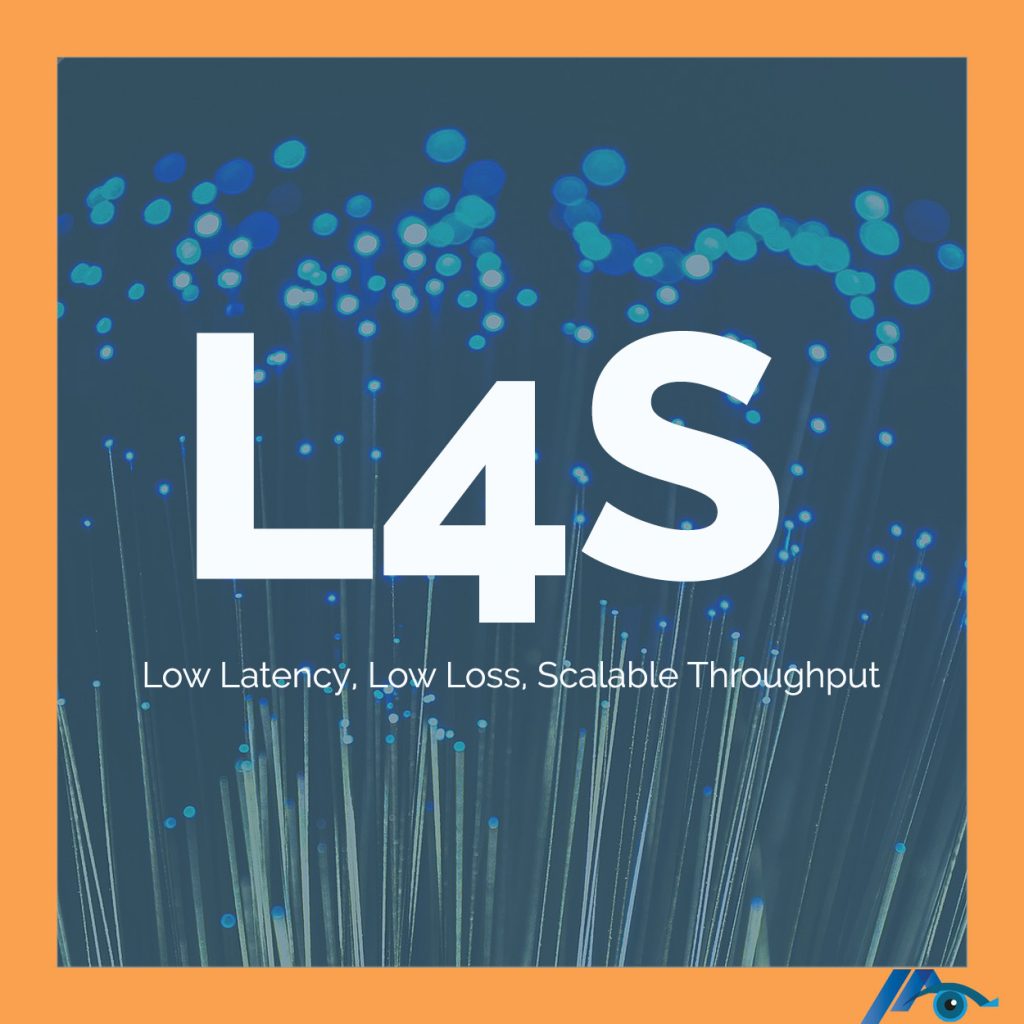
In our digital age, where internet connectivity is the lifeblood of communication, commerce, and entertainment, optimizing its performance remains a constant pursuit. L4S, short for “Low Latency, Low Loss, Scalable throughput,” emerges as a promising framework aimed at transforming how internet traffic is managed, promising improved efficiency and a better user experience.
The internet is a complex web of interconnected networks ferrying data packets across the globe. Managing this traffic is crucial to ensure smooth operations and prevent congestion. Traditional internet protocols categorized traffic into either “best-effort” or “priority,” leading to challenges in effectively handling diverse data types and accommodating varying traffic demands.
What is L4S?
L4S introduces a paradigm shift in traffic management by offering a hybrid solution that combines the strengths of both low latency and low loss, thereby improving scalability and adaptability to different network conditions.
At its core, L4S operates by enabling a more refined differentiation of traffic, allowing for a “better-than-best-effort” service. This system utilizes an innovative congestion control mechanism, known as “DualQ Coupled AQM,” that effectively handles both conventional TCP traffic and the newer L4S traffic.
The primary goal of L4S is to provide a high-quality internet experience for users by reducing latency, minimizing packet loss, and ensuring scalable throughput. Achieving this involves prioritizing latency-sensitive applications like online gaming, video conferencing, and real-time communication, which greatly benefit from reduced delays.
Moreover, L4S addresses the challenge of network congestion by implementing an active queue management system. By intelligently managing packet queues within network routers, it can significantly reduce congestion-related issues such as buffer bloat, leading to improved overall network performance.
One of the key advantages of L4S is its ability to adapt to varying network conditions. Unlike traditional approaches that struggle to handle different types of traffic, L4S offers a more flexible and robust solution. It allows for the coexistence of both legacy traffic and new L4S-enabled traffic, ensuring a smoother transition and backward compatibility.
This innovative framework has garnered attention from various stakeholders within the networking community. Internet service providers (ISPs), networking experts, and technology companies are actively exploring the implementation and potential benefits of L4S. Its promise of enhanced user experience and better network utilization makes it an enticing prospect for the future of internet infrastructure.
However, despite its potential, the widespread adoption of L4S faces challenges. Implementing new protocols and upgrading existing networking infrastructure requires time, resources, and industry-wide cooperation. Additionally, ensuring interoperability and backward compatibility with older systems remains a crucial consideration.
If you only ever do one thing on the internet at a time and use sites that barely anyone else uses, then maybe L4S won’t do much for you if and when it finally arrives. But that’s not a realistic scenario. If we can get the tech onto our increasingly busy home networks that we use to visit the same sites as everyone else, there’s a possibility it could be a quiet revolution in the user experience of the web. And once most people have it, people can start developing apps that couldn’t exist without ultra-low latency.
In conclusion, L4S stands at the forefront of internet traffic management evolution. By prioritizing low latency, low loss, and scalable throughput, it aims to revolutionize how data is transmitted across the internet. While challenges exist in its widespread adoption, the potential benefits it offers in enhancing user experience and optimizing network performance make it a compelling prospect for the future of internet technology.
Miracle technologies is a comprehensive NYC based Managed IT Services for Business IT Infrastructures. Our platform is built upon years of unmatched experience at AT&T Labs Research and renowned Wall Street MSPs. We offers cloud support, data center support, C suite services, backbone servers support, security servers, 24/7 managed IT support and Business Continuity/Disaster Recovery.
Our team of IT Support Engineers have consistently overdelivered year after year. Our platform designs, consolidates, upgrades and maintains any IT infrastructure aspect of your business. Our qualified IT support engineers keep your cloud, data centers, vendors management, all backend servers, firewalls, routers, switches, emails, security, and end users devices optimized, while you focus on your core business.
Free IT Support Quotes/Sign Up
myteam@miracletechs.com
(646) 237-4472